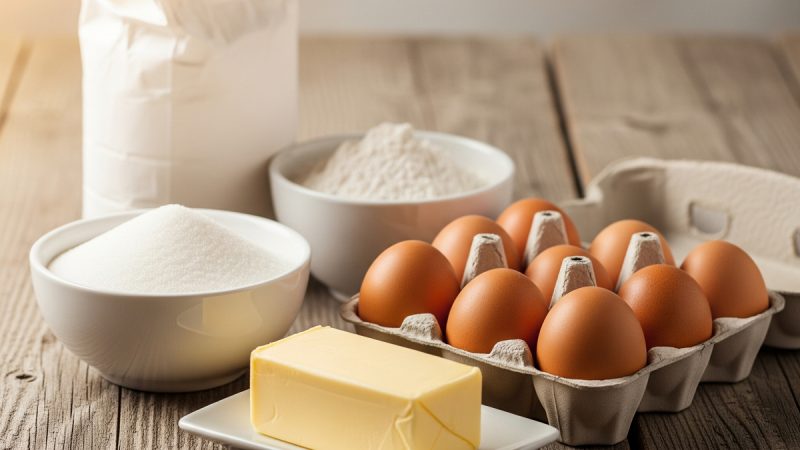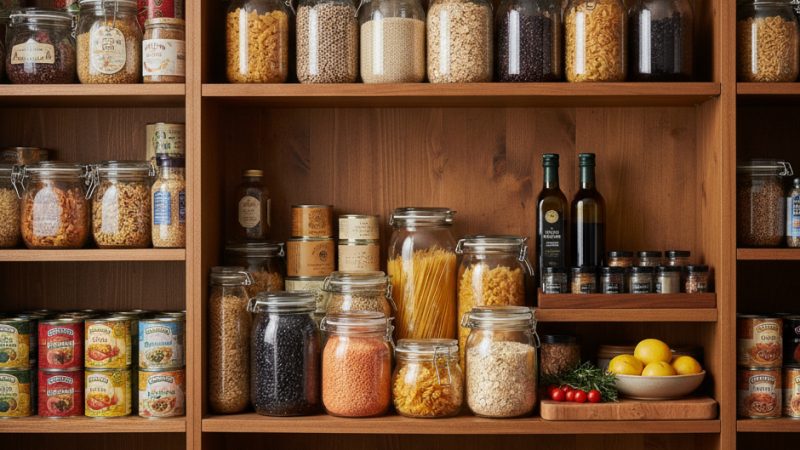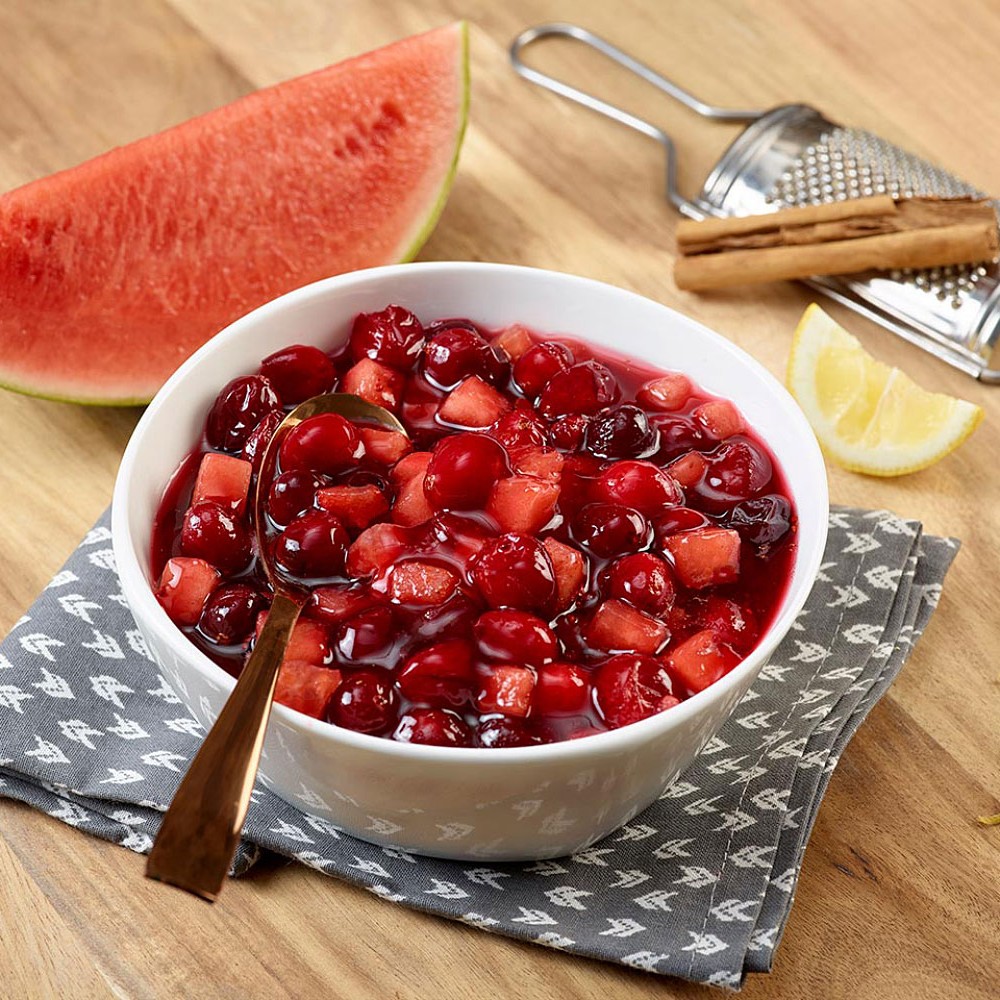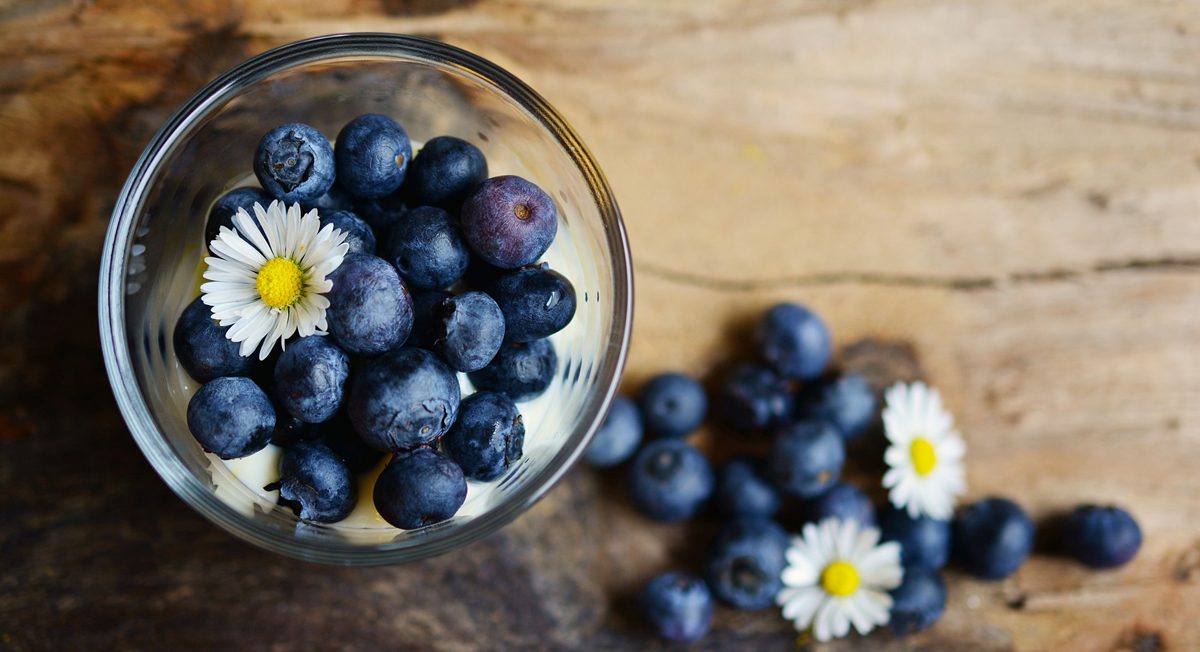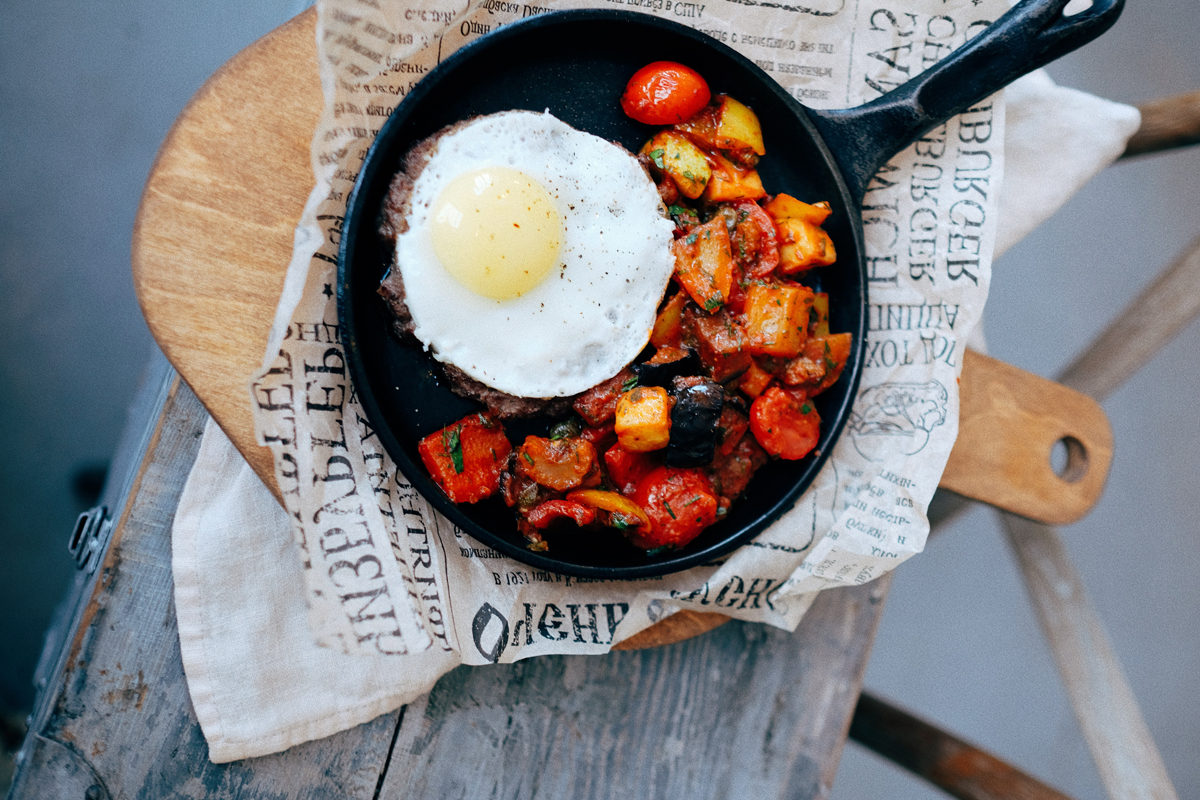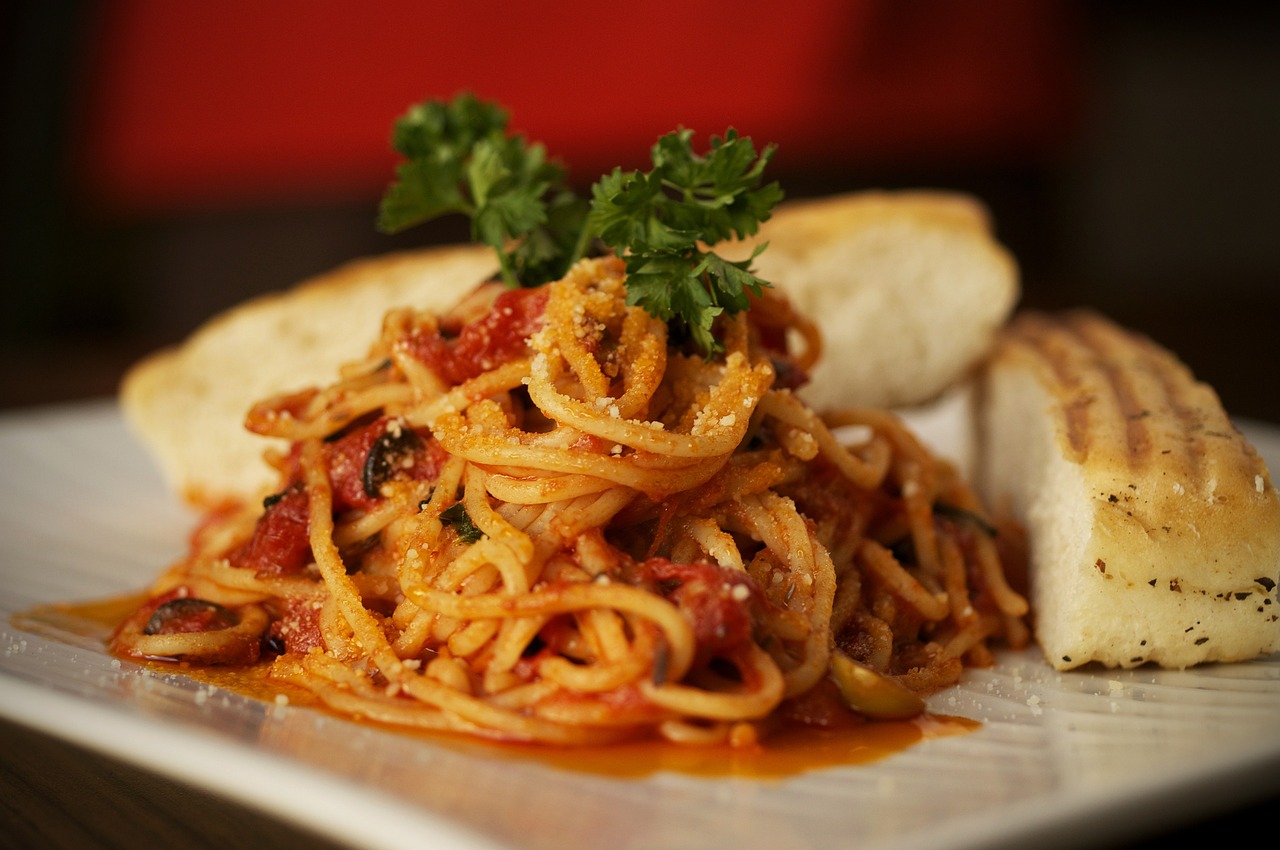Cast Iron Cookware – Cookware That Stands the Test of Time
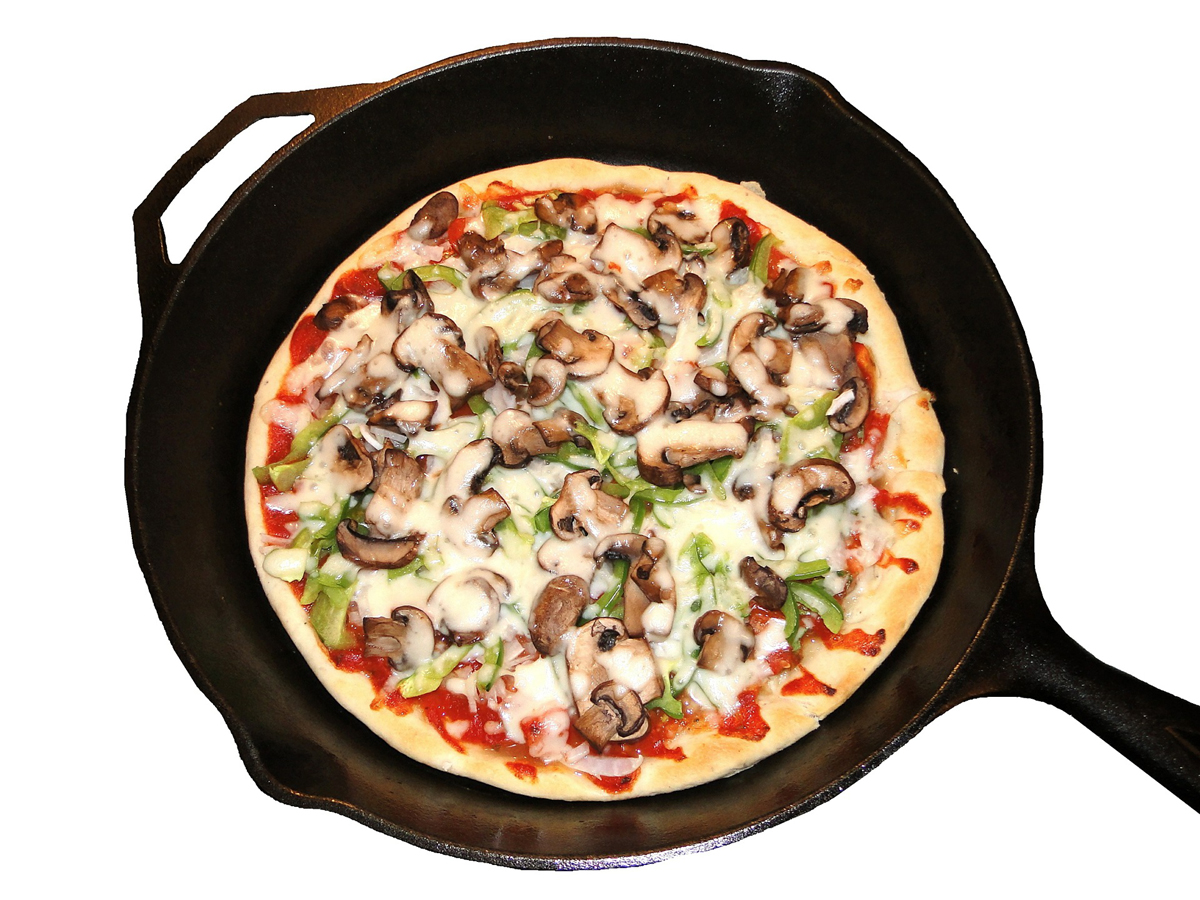
On the breeze stirs the aroma of cornbread, beans and brisket baking in a fire pit, mixed with the sharp smell of horse sweat and dust as the cattle push their way into the pens from the roundup. Sharp whistles and “Haws!” pierce the air, driving the herd through the separate gates: Momma cows to the holding pen and calves to the branding area. On the breeze, the scents separate and you can smell each one as an individual and then they mingle together again, a jumble of delight mixed with dust and burnt hair.
By early afternoon, the heat has set in; heat from the branding irons, the fire pit, the sun. Horses are lined up against the fence, slumped and tired, reins wrapped loose around the rails, foamy sweat glistens on their skin. A break in the day, and everyone lines up at the fire pit, plates in hand, straw hats tilted back to catch the smallest of breezes that are now silent as the hot air, with all its smells, hangs heavy in the heat.
Cast Iron Cookware:
These blackened skillets and Dutch ovens evoke memories of cowboys, roundups, camping and pioneers. My memories are of roundups, where the women not only started the cooking early, but helped work the cattle as well. Cast iron is versatile; you can cook just about anything in it, anywhere. You can deep fry, sear and bake with it in a fire pit, on the barbecue grill, the stove top or in the oven. Whether you nestle the Dutch oven deep in the coals of a fire pit, or put it in your modern oven, food always tastes better from cast iron.
There Are Many Benefits to Using Cast Iron Cookware:
— Cast iron cookware is healthy for you! If you are iron deficient, or for us ladies, around that time of the month, we get extra iron in our diet just from cooking in cast iron pots and pans.
— Seasoned pans are easy to cook in, they are non-stick and the more you use them the better they get. Each time you cook with it, the heat seasons the pan more by filling in the microscopic pores of the iron’s surface.
— Easy to season: Coat the skillet with bacon grease or lard (don’t use vegetable oil), set in a 300°F oven for 20 minutes. Wipe off excess grease with clean cloth, and put back in the oven for 2 more hours. Repeat this process at least once more to make sure the pan is seasoned properly. NOTE: New cast iron cookware has a protective coating from the factory that needs to be scrubbed off first before seasoning. Use a stainless steel scouring pad, soap and hot water to remove before seasoning.
— It’s easy to clean: once seasoned, just rinse after cooking. Don’t use soap because it ruins the seasoning. Use a soft plastic scrubbie if needed, nothing abrasive. Wipe dry and apply just a tiny amount of grease over the surface before storing.
— You can find pre-seasoned cast iron cookware, although it costs a bit more, but it eliminates that step if you don’t want to do it.
— Heat spreads evenly across the cooking surface. You have excellent control over the cooking.
— It is sturdy and durable. When seasoned and cared for properly, a Dutch oven can last for generations. Imagine passing one down to your grandchildren!
Enameled Cast Iron
Enameled cast iron has a vitreous enamel glaze coating that prevents rusting on cast iron cookware. This enamel coating eliminates the need to season the pan, allows you to use soap to clean it, comes in vibrant colors, but is more costly. It also does not allow iron from the pan to transfer to the food or withstand searing heat. Chipping of the enamel can also be an issue.
The Author:
Shanna Ohmes has studied herbs, nutrition, healthy eating, and naturalist studies through courses and self-study for 10 years. She has applied her knowledge with her family, friends, pets and livestock.
�2011 Shanna Ohmes

